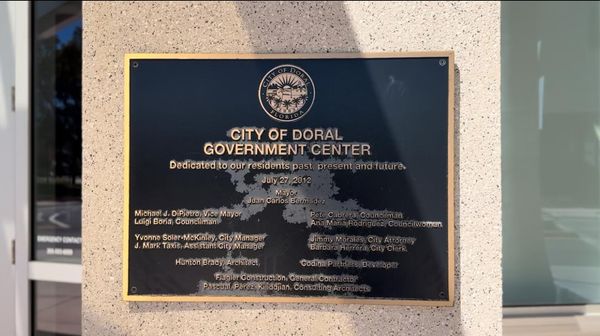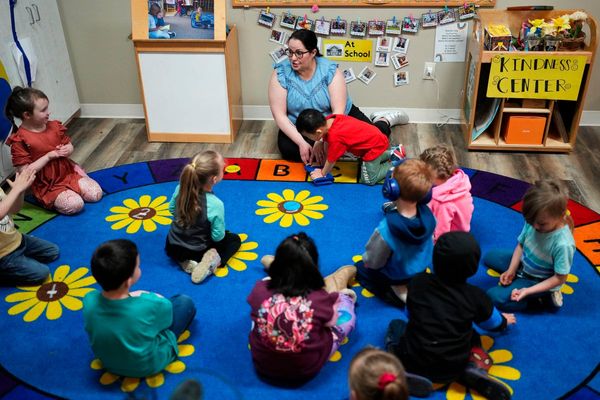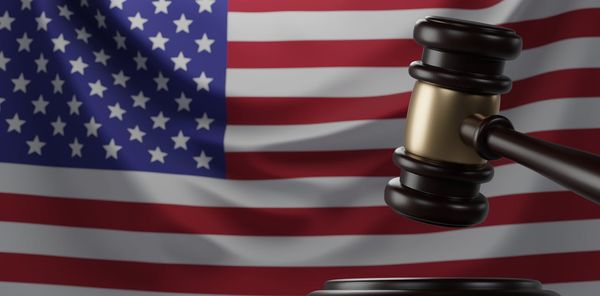
The June quarter GDP figures released yesterday reveal just how badly the Reserve Bank has misread the economy. Its decision to sharply raise interest rates has not only failed to reduce inflation but delivered an economy reliant on population growth and government spending to stop it from going into a recession.
A month ago, when announcing the bank would keep rates on hold, the RBA governor, Michele Bullock, told the media that “the board does remain concerned about the degree of excess demand in the economy”.
Well, she should be happy now because the latest GDP figures show there is no demand in the economy. Household spending fell in the June quarter and business investment barely did a thing.
She also told reporters “what we’re dealing with is continued strong demand, particularly for services”.
Again, she should be ecstatic because household spending on services fell 0.3% in the June quarter (that would be a month before she was telling us we needed to be worried about the “strong demand”).
Also last month, the assistant governor of the RBA, Dr Sarah Hunter, suggested to a Senate committee that “the economy is running a little bit hotter than we thought previously”.
Well, pop the champagne, because the economy is now chilly cold.
These figures show that in April, May and June – well before the fears expressed in August of “strong demand”– the economy was shuddering to a halt.
The June quarter figures also mean we can look at financial year growth figures, and the 2023-24 year was not one we would wish to revisit.
The entire economy grew just 1.5%. If we ignore the abnormal 2020-21 pandemic year, it is the worst result since 1991-92.
To make things worse, when we strip out population growth, GDP fell 1%. Out of the 65 financial years we have had since the Bureau of Statistics began calculating GDP, that is only the 10th time that has happened:
If the graph does not display, click here
So no. Not good. And no, not “running a bit hot”.
When we look at the quarterly figures, things are no better. Take out population growth and the economy shrank 0.4%. That makes it six consecutive quarters of falling GDP per capita.
This hasn’t happened before.
If the graph does not display, click here
Depressed enough? OK, how about we note that the only reason the total economy rose a pathetic 0.2% and an equally wretched 1.0% compared with June 2023 was because of government spending:
If the graph does not display, click here
That means the private sector – household spending, business investment and trade – all went backwards.
This really should be a slap in the face to those who have been going around whining about a profligate government keeping inflation too high.
What bull!
Government spending is the only thing that is keeping us out of a recession.
And the reason the private sector is going backwards is interest rates.
The increase in the cash rate from 0.1% to 4.35% has meant that we are now paying on average in real terms almost as much on interest repayments as we were in June 2008 – when the cash rate was 7.25%:
If the graph does not display, click here
In the March 2022 quarter, Australians were paying $479 a quarter per person in interest repayments (in June 2024 dollars). Now it is $1,112.
That increase has caused almost half of the drop in real household disposable income, which remains back where it was in 2014:
If the graph does not display, click here
The increase in rates would be somewhat palatable if we were at least seeing a nice increase in our earnings but instead the real compensation for employees is more or less flat:
If the graph does not display, click here
Add rising interest payments with earnings that barely keep up with inflation and it equals households not spending. In the June quarter, we actually consumed less than we did in the first three months of this year. And given households make up just over half of the economy, that does not bode well.
If the graph does not display, click here
Our spending on essentials – insurance, food, healthcare – rose 0.5%, but the amount of discretionary consumption – things such as recreation, travel, dining out, sport – fell 1.1%. Outside the pandemic years, that is the biggest one-quarter fall since the GFC in June 2008.
So far we have not gone into a recession – but only because our population has grown and the government has kept spending, mostly on healthcare and social assistance linked to the NDIS.
The next lot of GDP figures will contain the stage 3 tax cuts, which should boost household incomes. Similarly, a lack of any more interest rate rises should at least mean we’re no longer getting hit, even if the pain of all the punches remains.
But given the economy has clearly slowed sooner than the RBA expected, perhaps it might start to think about lowering rates sooner than previously anticipated.
Greg Jericho is a Guardian columnist and policy director at the Centre for Future Work







